Plant functional traits and types: Their relevance for a better
Por um escritor misterioso
Last updated 11 junho 2024

It is proposed here to analyse the potential and limitations of the PFTT concepts in the case of AFS in the humid tropics, notably referring to rainforest dynamics regarding succession patterns. Complex Agroforestry Systems (AFS) in the humid tropics are mixed forest-like ecosystems that often display high species diversity that makes their structure and functioning difficult to understand and simulate. Plant Functional Traits and Types (PFTT) are broadly used concepts in community and ecosystem ecology to address the responses of species to changes in the environment and/or the contribution of species to ecosystem functions. The relevance of these concepts, developed for natural ecosystems, for a better understanding of AFS is unknown but we hypothesize that they might be useful to gain a better understanding of the resilience properties of AFS and to answer the following questions: What is the role of AFS species composition in ecosystem functions? and, conversely: How do environmental changes affect that species composition, and hence AFS performance? We propose here to analyse the potential and limitations of the PFTT concepts in the case of AFS in the humid tropics, notably referring to rainforest dynamics regarding succession patterns. This analysis is based on case studies from coconut-based AFS in Melanesia and coffee-based AFS in West Africa. Plant functional traits, such as growth form, life form, phenology, and height were first used to describe these AFS. Since AFS are a result of farmers interventions, to evaluate their performance specific traits, corresponding to agronomic characteristics of species such as the production cycle, and part of the plant used, need to be considered in addition to traits considered for natural forests. (Resume d'auteur)

Evaluating natural medicinal resources and their exposure to global change - The Lancet Planetary Health
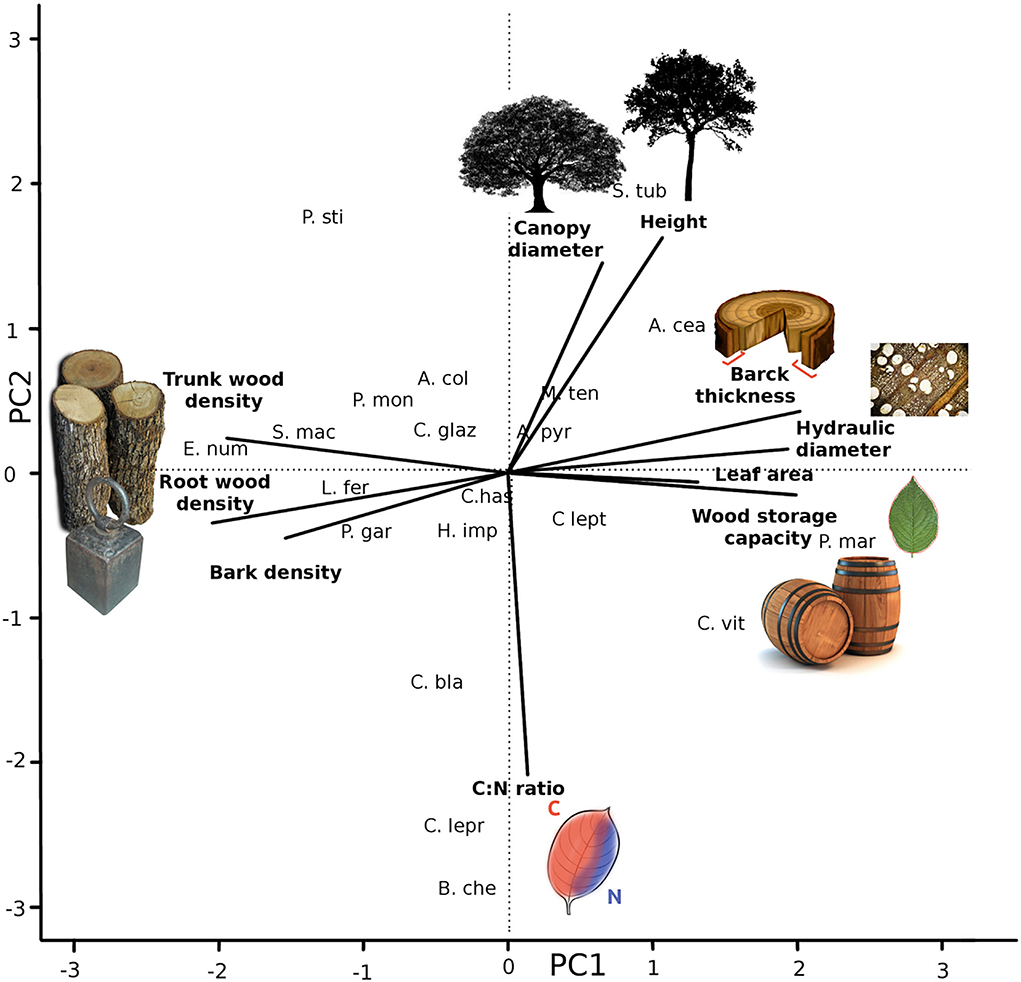
Frontiers Functional traits above and below ground allow species with distinct ecological strategies to coexist in the largest seasonally dry tropical forest in the Americas

The effect of host community functional traits on plant disease risk varies along an elevational gradient

Relationships between above‐ground plant traits and carbon cycling in tundra plant communities - Happonen - 2022 - Journal of Ecology - Wiley Online Library
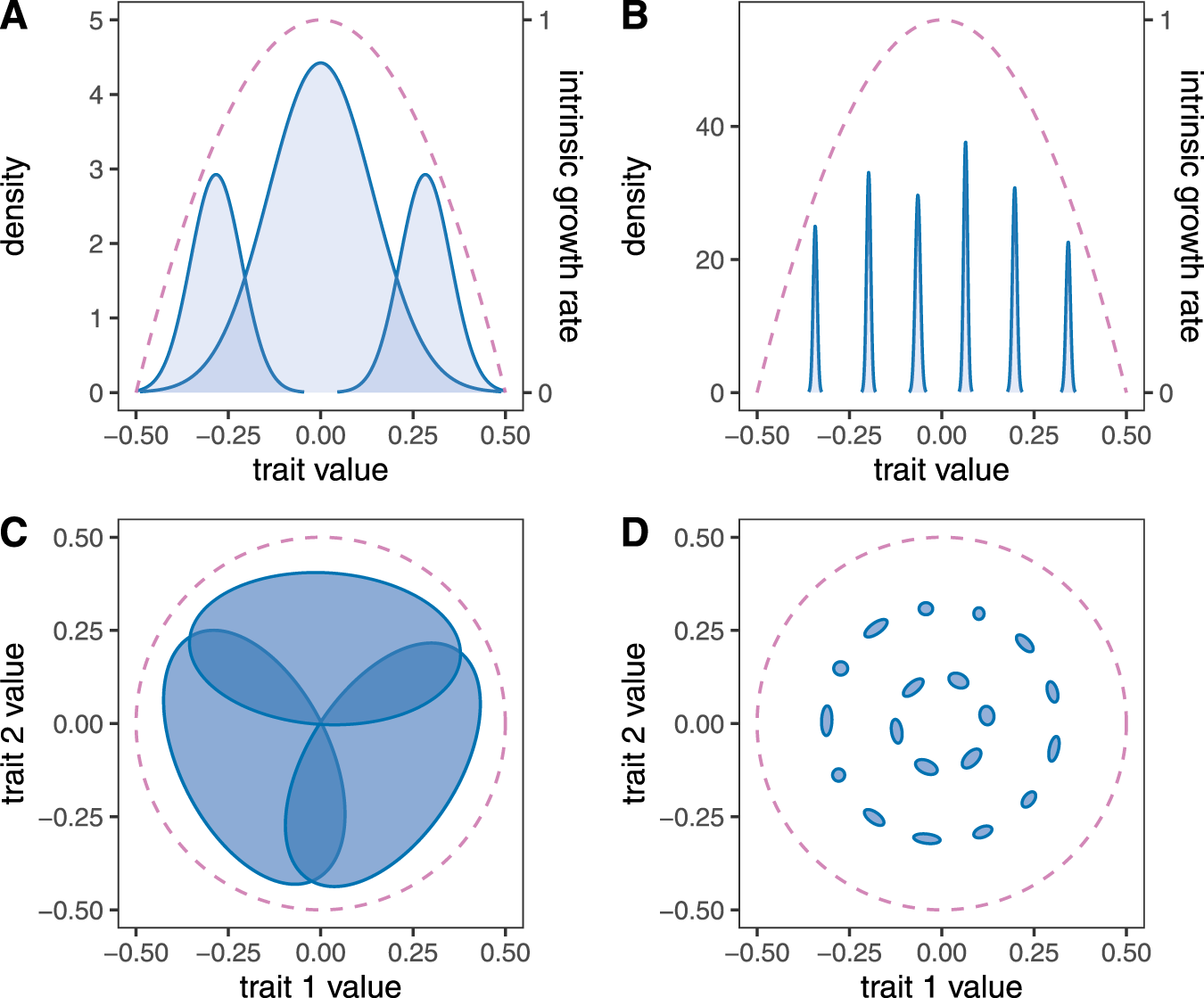
The evolution of trait variance creates a tension between species diversity and functional diversity

The intrinsic dimensionality of plant traits and its relevance to community assembly - Laughlin - 2014 - Journal of Ecology - Wiley Online Library
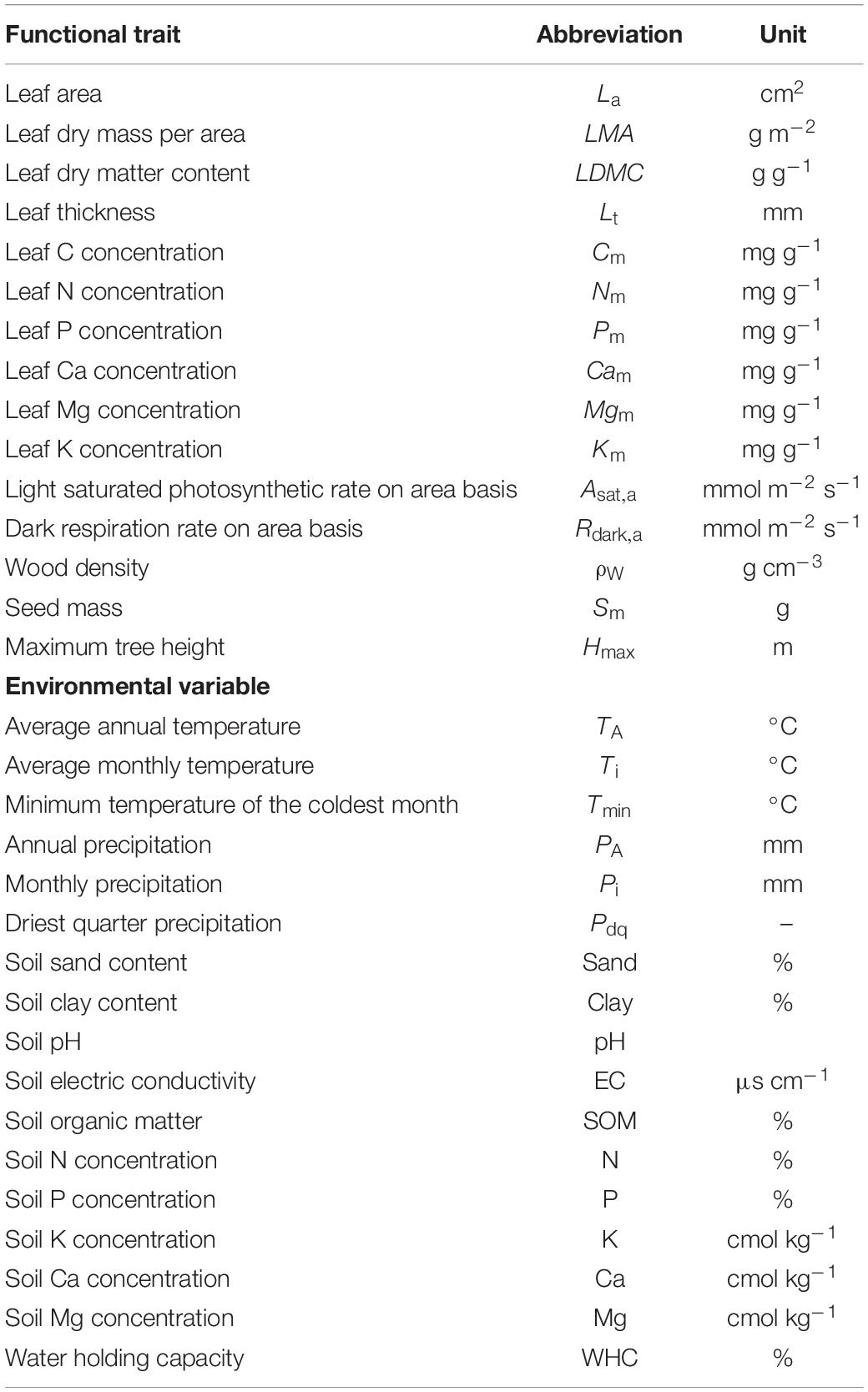
Frontiers Functional Trait Variation Among and Within Species and Plant Functional Types in Mountainous Mediterranean Forests

Plant Functional Traits: Soil and Ecosystem Services: Trends in Plant Science
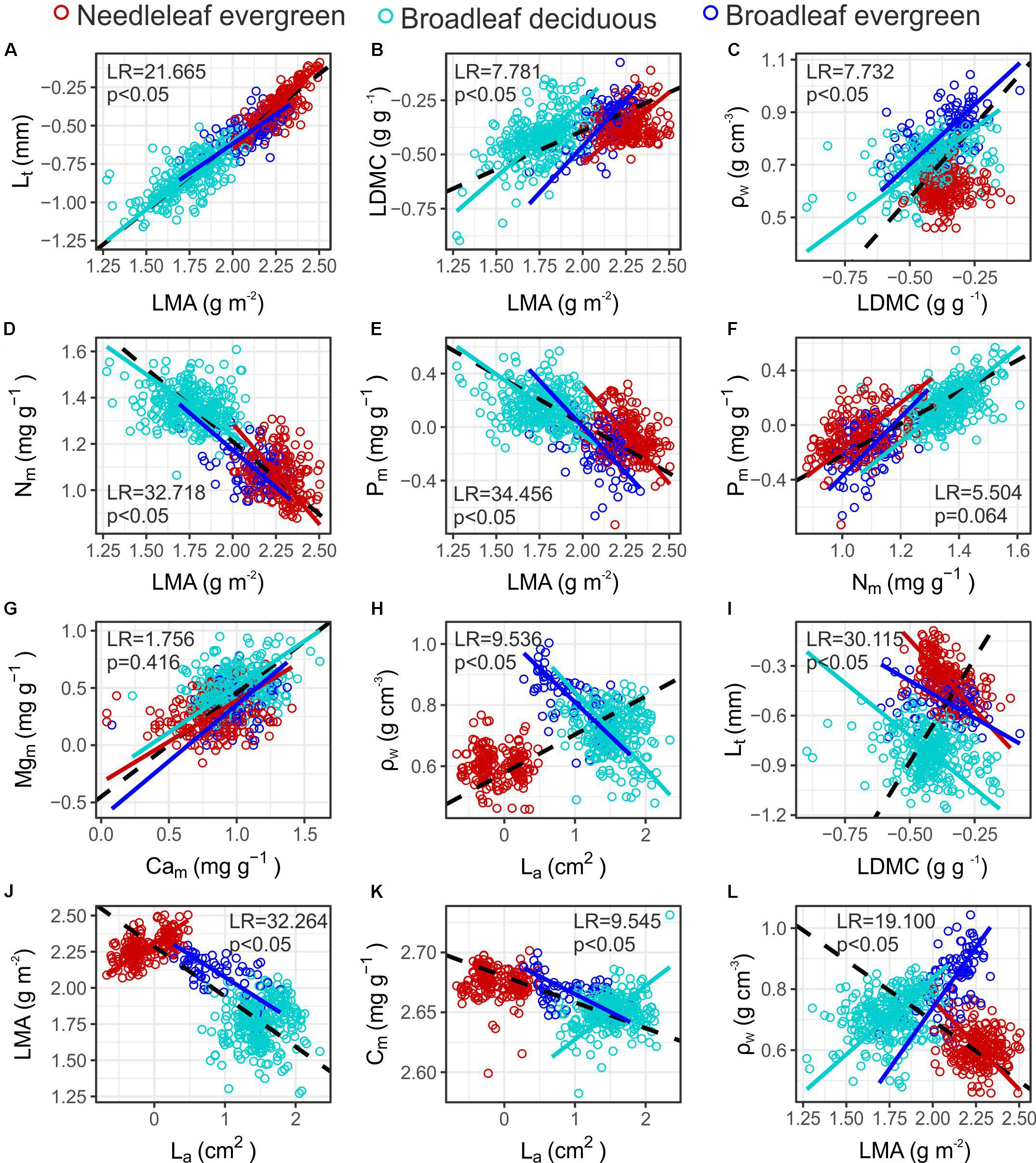
Frontiers Functional Trait Variation Among and Within Species and Plant Functional Types in Mountainous Mediterranean Forests
Using Plant Functional Traits to Explain Diversity–Productivity Relationships

Plant Trait Networks: Improved Resolution of the Dimensionality of Adaptation: Trends in Ecology & Evolution
Recomendado para você
-
 Moodle Grupos - Apoio à Organização de Grupos11 junho 2024
Moodle Grupos - Apoio à Organização de Grupos11 junho 2024 -
Universidade Federal de Santa Catarina · GitHub11 junho 2024
-
 Moodle Wookie prototype. On the left side of the image a list of11 junho 2024
Moodle Wookie prototype. On the left side of the image a list of11 junho 2024 -
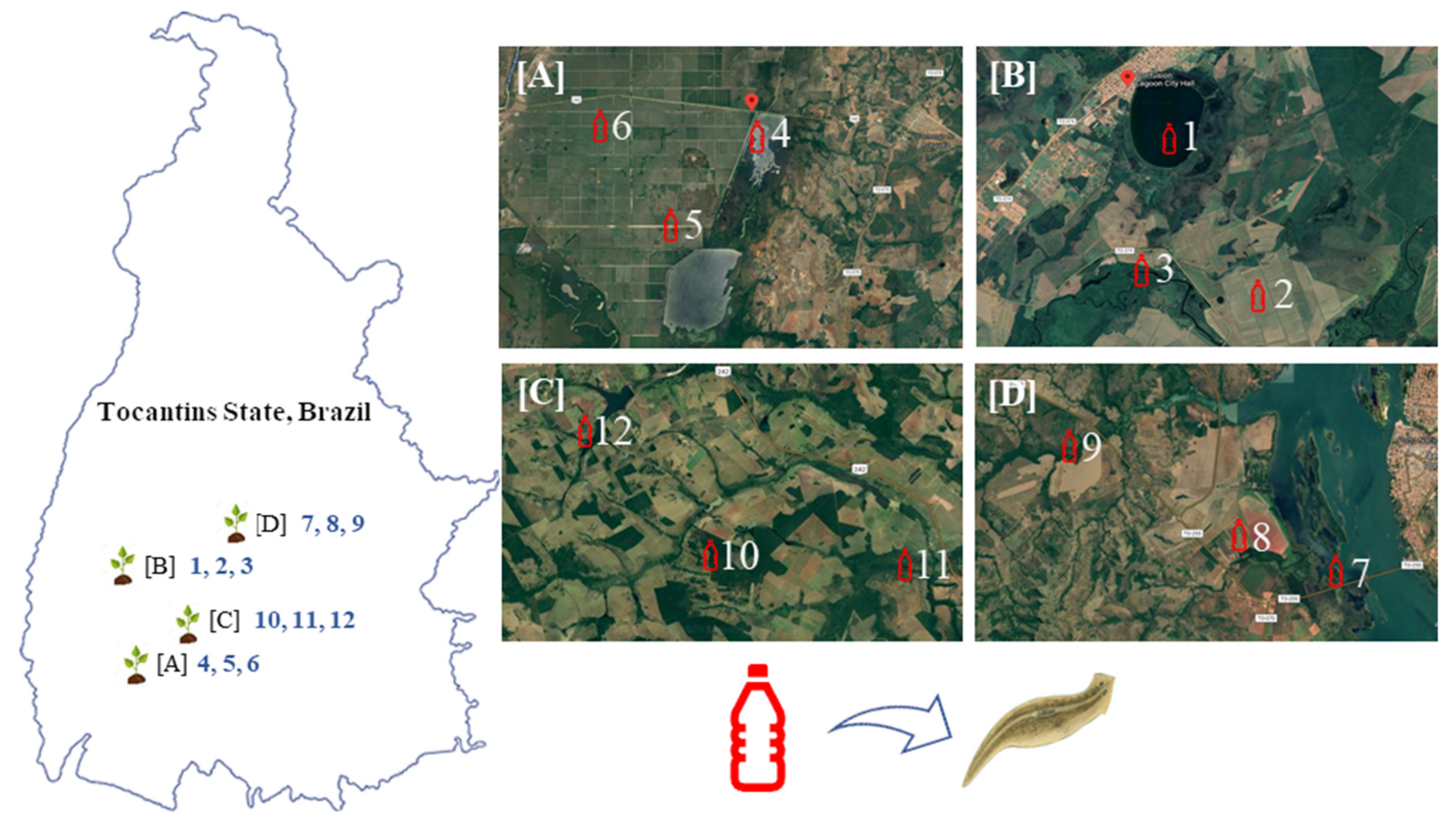 Water, Free Full-Text11 junho 2024
Water, Free Full-Text11 junho 2024 -
Amigos do Horto Didático de Plantas Medicinais do HU/CCS/UFSC11 junho 2024
-
 LabEEE UFSC (@LabEEE_UFSC) / X11 junho 2024
LabEEE UFSC (@LabEEE_UFSC) / X11 junho 2024 -
 AWARE_publication_201811 junho 2024
AWARE_publication_201811 junho 2024 -
Clarissa Stefani Teixeira no LinkedIn: vamos?11 junho 2024
-
 Livro Digital III SICOM by Sigmo Pessoa Ufsc - Issuu11 junho 2024
Livro Digital III SICOM by Sigmo Pessoa Ufsc - Issuu11 junho 2024 -
Clarissa Stefani Teixeira no LinkedIn: #ufscconecta11 junho 2024
você pode gostar
-
 WOW! Aqua Magic Sand Recipe - How to Make Hydrophobic Sand11 junho 2024
WOW! Aqua Magic Sand Recipe - How to Make Hydrophobic Sand11 junho 2024 -
 Dragon Ball Xenoverse 2 Frieza Bola De Drac Shenron Goku PNG, Clipart, Bola De Drac, Cartoon11 junho 2024
Dragon Ball Xenoverse 2 Frieza Bola De Drac Shenron Goku PNG, Clipart, Bola De Drac, Cartoon11 junho 2024 -
 Bebe Reborn Laura Baby Angels Dream - Shiny Toys11 junho 2024
Bebe Reborn Laura Baby Angels Dream - Shiny Toys11 junho 2024 -
steam deck fifa23|TikTok Search11 junho 2024
-
 Monster Truck Stunt -Car Crash APK + Mod for Android.11 junho 2024
Monster Truck Stunt -Car Crash APK + Mod for Android.11 junho 2024 -
Ao Haru Ride Episode 1 Discussion (340 - ) - Forums11 junho 2024
-
 Accel World Tome 111 junho 2024
Accel World Tome 111 junho 2024 -
 MISTUREI TODAS AS MINHAS SLIMES11 junho 2024
MISTUREI TODAS AS MINHAS SLIMES11 junho 2024 -
 Horizon Zero Dawn: Complete Edition - RIOS VARIEDADES11 junho 2024
Horizon Zero Dawn: Complete Edition - RIOS VARIEDADES11 junho 2024 -
) Caminhão Bombeiro Brinquedo Bate Volta Com Som E Luz11 junho 2024
Caminhão Bombeiro Brinquedo Bate Volta Com Som E Luz11 junho 2024




